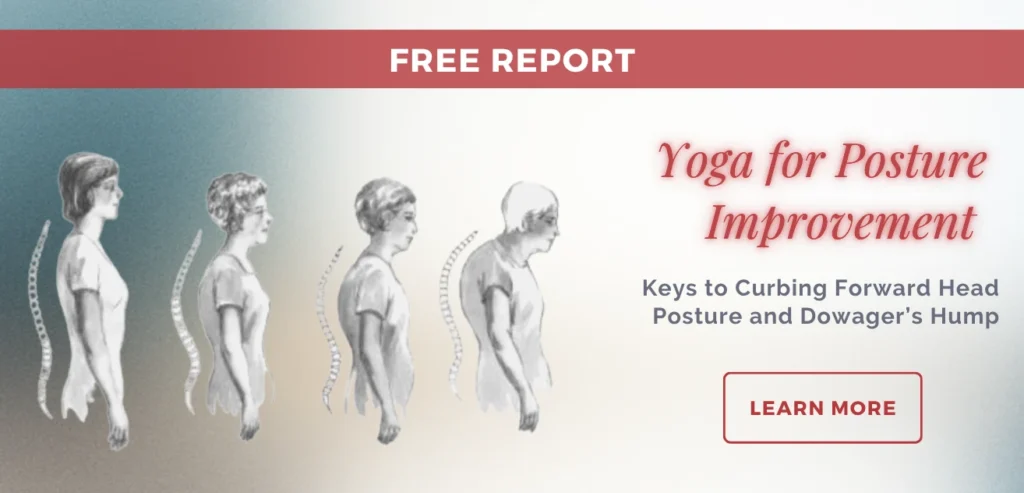Review: Tari Prinster’s Yoga for Cancer – Important New Resource for Cancer Survivors

Few things are more devastating than a diagnosis of cancer. People who get this sobering news often face a long, grueling treatment. And alas, even when the treatment is successful, they often have to contend with unpleasant side effects that last a long time after the treatment has been completed, and in some cases, all life long.
Can yoga help people with cancer, particularly those suffering from the aftermath of cancer treatment? Increasing evidence demonstrates that yoga provides physical and emotional support during and after cancer treatment.
An important addition to the growing collection of helpful resources for cancer survivors and yoga teachers is cancer survivor and yoga teacher Tari Prinster’s recently released book, Yoga for Cancer: A Guide to Managing Side Effects, Boosting Immunity, and Improving Recovery for Cancer Survivors.
Tari’s personal journey with breast cancer informs her commonsense approach to yoga practices that address an entire range of issues the cancer survivor faces. With sincerity, honesty, creativity and clarity, Tari has done an excellent job in providing wisdom from the trenches of cancer treatment and recovery. Cancer survivors and those who travel through the process with them—be they family, friends or their yoga teachers—will find this book immensely useful!
Tari shares her own inspiring story about how yoga helped her cope with both cancer treatment and the long process of recovery afterwards. She also effectively shares the stories of many of her students from her decades of teaching cancer survivors. These “Survivor Stories” highlight many unique challenges cancer patients face, such as pain, disability, uncertainty and fear.
Tari’s Yoga4Cancer program is built around the yogic concept of the Pancha Maya, or five dimensions, and how it relates to the specific needs of those in the midst of cancer treatment and beyond. In the opening chapters, before she launches into clear explanations that even the newest yoga student can follow. She grounds her own work in the science that is growing around yoga’s role in cancer care as it pertains to prevention of and recovery from cancer.
Tari sets the stage for practice with chapters on her methodology, and practical recommendations on what props you will need to do the poses she shares. An extensive section on specific postures follows. With excellent illustrations and succinctly written descriptions, the variations of poses Tari has selected would be appropriate for those with significant starting physical limitations, as well as for those who are able-bodied but have little yoga experience. In fact, these poses and variations could likely be utilized for people with many other physically challenging illness as well!
But Tari goes beyond simply presenting a series of isolated poses for cancer recovery. The book includes many sample practices of varying lengths and degrees of challenge for different stages of the cancer journey. The first three of these sequences are great examples, with “In Treatment,” “In Recovery” and “Maintaining the New Normal.”
Perhaps equally valuable is the final section that lists poses that target common side effects. This fairly comprehensive section addresses topics both physical and mental/emotional such as lymphedema, and anxiety and insomnia.



